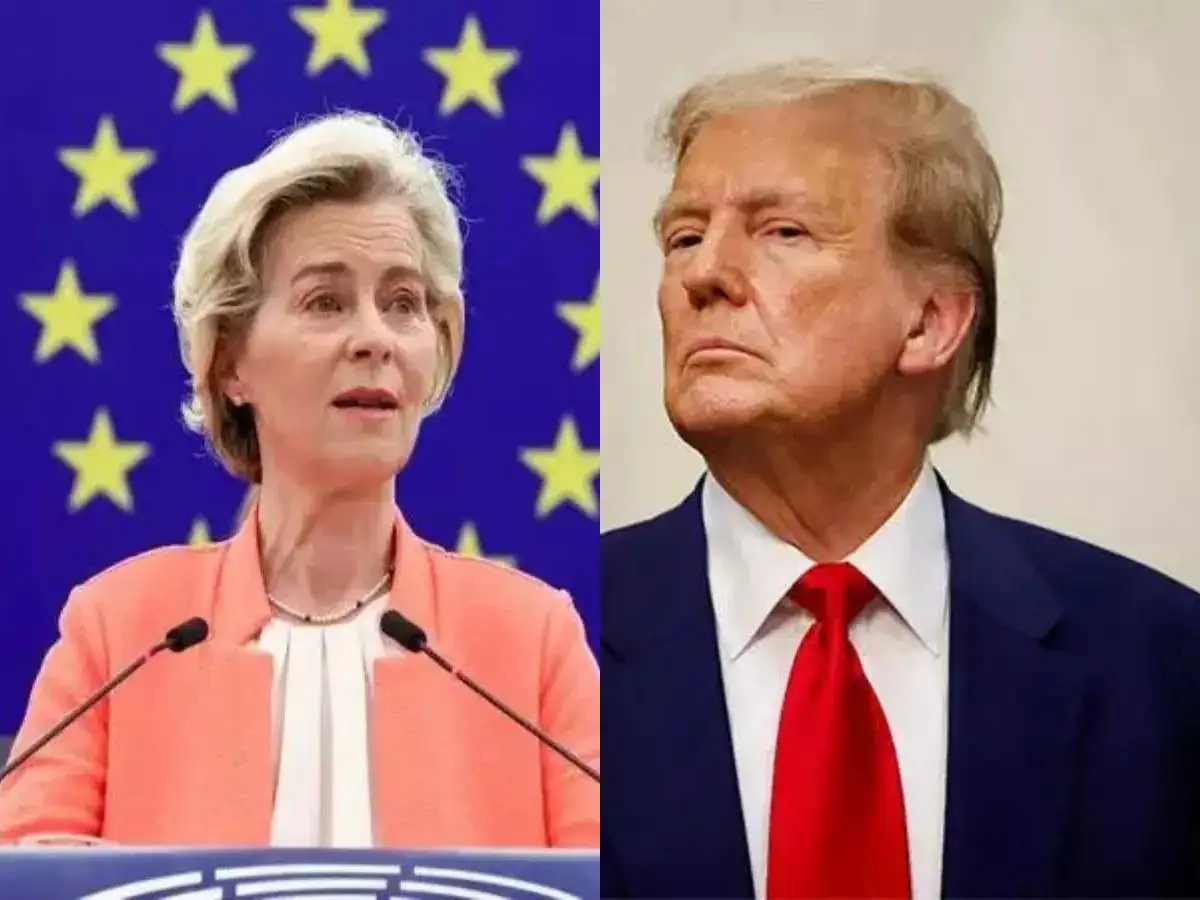The ongoing trade negotiations between the United States and the European Union have reached a critical juncture trade deal. With President Donald Trump threatening a 50% tariff on EU imports and setting a July 9 deadline, both sides are under pressure to reach an agreement. This article delves into the complexities of these negotiations and the factors hindering a swift resolution.
Background: The Tariff Threat

In late May 2025, President Trump announced plans to impose a 50% tariff on all European Union imports, citing stalled trade talks. This move was a significant escalation from the previously imposed 10% “reciprocal” tariffs. The announcement sent shockwaves through global markets and prompted immediate responses from EU leaders.
For more details on Trump’s trade stance, see the Council on Foreign Relations overview on US trade policy.
EU’s Response and Countermeasures
In response to the tariff threat, the European Union offered to eliminate tariffs on industrial goods, including automobiles and pharmaceuticals, in a bid to de-escalate tensions. However, President Trump rejected this proposal, arguing that it did not adequately address the trade imbalance between the two entities. The EU has since prepared retaliatory measures, including tariffs on U.S. products worth up to €95 billion, targeting sectors such as aerospace trade deal, automotive, and agriculture.
Learn more about the EU’s position in their official trade updates on the European Commission Trade site.
Key Sticking Points in Negotiations
- Tariff Reductions: The EU seeks a mutual reduction of tariffs, while the U.S. demands unilateral concessions.
- Non-Tariff Barriers: Issues like digital taxes and food safety standards remain contentious.
- Trade Deficit: The U.S. aims to reduce its €200 billion goods trade deficit with the EU.
- Regulatory Alignment: Disparities in regulations, particularly concerning data privacy and environmental standards, complicate discussions.
Economic Implications
Economists warn that a full-scale trade war could have detrimental effects on both economies. A 2019 IMF study projected that such a conflict could cost up to 0.6% of GDP for both the U.S. and the EU. Additionally, businesses on both sides are bracing for increased costs and supply chain disruptions.
Read the IMF’s report on trade wars and global growth for an in-depth analysis.

Looking Ahead: The July 9 Deadline
With the July 9 deadline looming, both sides face mounting pressure to reach a deal. While the EU has expressed willingness to negotiate, President Trump’s firm stance on certain issues suggests that significant concessions may be necessary to avoid the imposition of the 50% tariff. The coming weeks will be pivotal in determining the future of US-EU trade relations.
Conclusion
The US-EU trade negotiations are at a crossroads. The outcome will not only impact the economies of both regions but also set a precedent for future international trade agreements. As the July 9 deadline approaches, all eyes will be on Washington and Brussels to see if a mutually beneficial agreement can be reached.
To learn more about related trade policies, check out our detailed guide on Trump’s trade policies.









